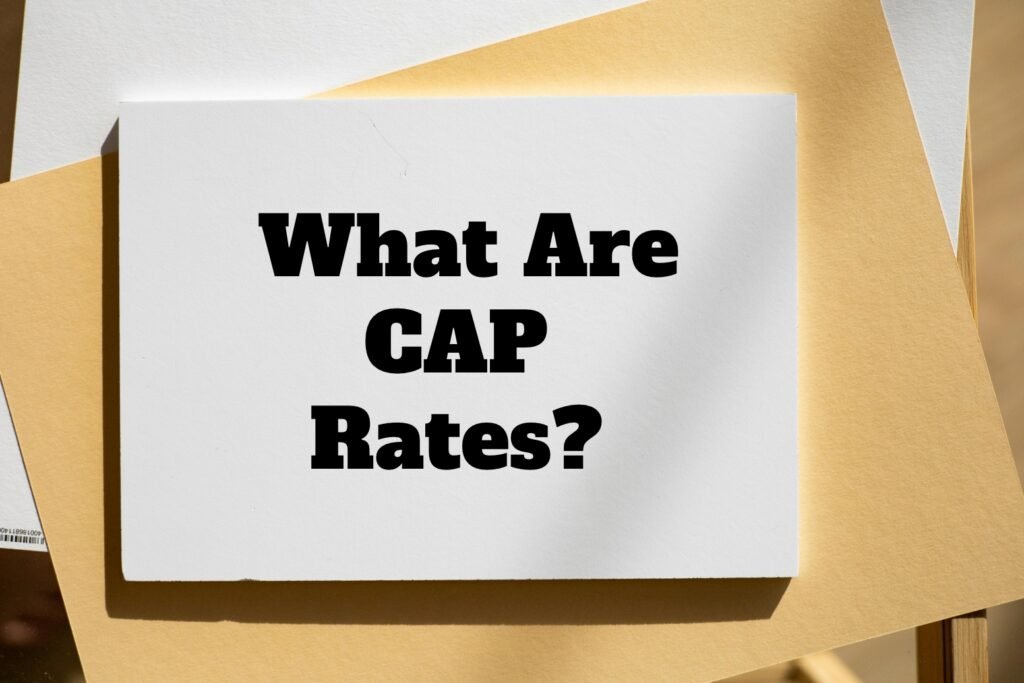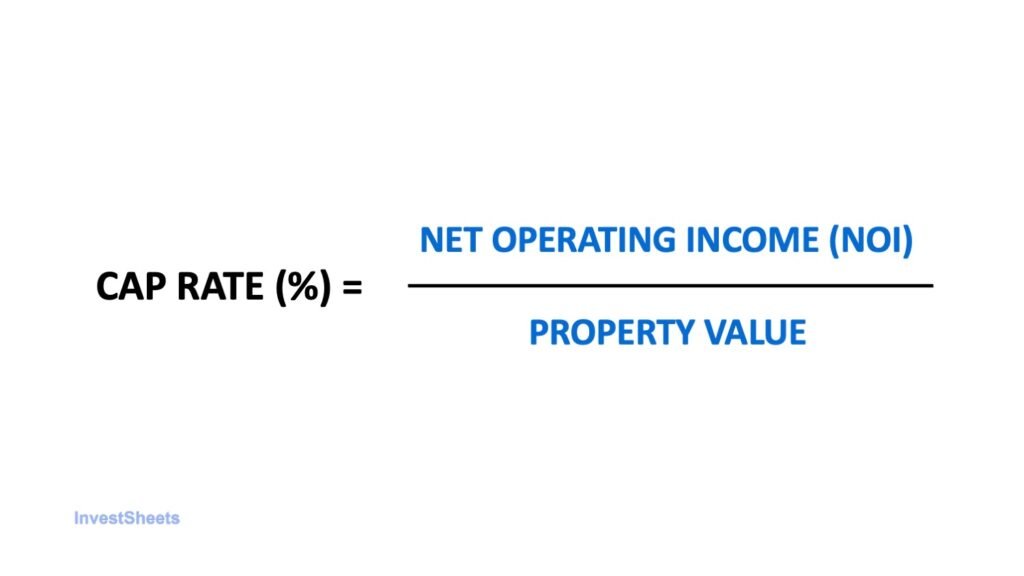
Understanding cap rates is essential for any commercial real estate investor. It’s a fundamental metric used to evaluate the profitability and value of a property. In this guide, we’ll delve into what cap rates are, why they matter, and how you can effectively utilize them in your investment analysis. Plus, we’ll explore practical ways to leverage spreadsheets from Investsheets to streamline your cap rate calculations and decision-making process.
What Are Cap Rates?
Cap rate, short for capitalization rate, is a crucial metric used in commercial real estate to determine the rate of return on an investment property. It’s calculated by dividing the property’s net operating income (NOI) by its current market value or purchase price. The resulting percentage represents the annual return an investor can expect to receive from the property, assuming it’s purchased entirely with cash and without any financing.

Why Cap Rates Matter:
Cap rates provide investors with a standardized way to compare different investment opportunities. A lower cap rate indicates a higher valuation and potentially lower risk, while a higher cap rate suggests a lower valuation and possibly higher risk.
Understanding cap rates allows investors to assess the relative attractiveness of various properties and make informed decisions based on their investment goals and risk tolerance.
Utilizing Cap Rates in Investment Analysis:
When analyzing commercial real estate deals, it’s crucial to consider cap rates alongside other factors such as location, market trends, and property condition. A thorough analysis involves calculating the cap rate for each potential investment to assess its potential return and risk profile accurately. Investsheets offers a range of customizable spreadsheet templates specifically designed to simplify this process, allowing investors to input relevant data and quickly evaluate the cap rate for each property under consideration.

Practical Steps for Using Cap Rates:
- Research and gather essential information about the property, including its rental income, operating expenses, and market value. Ask an owner for the current rent roll and the Profit & Loss (P&L) for the last three years.
- Use Investsheets’ cap rate calculator spreadsheet to input the gathered data and calculate the property’s cap rate.
- Compare the calculated cap rate to industry standards and similar properties in the area to gauge its competitiveness and attractiveness.
- Factor in additional considerations such as market trends, property appreciation potential, and future growth prospects.
- Make an informed investment decision based on the calculated cap rate and your investment objectives.
Conclusion
Cap rates serve as a valuable tool for investors in evaluating commercial real estate opportunities. By understanding how cap rates work and leveraging the resources available through Investsheets, investors can confidently analyze potential deals, identify lucrative investment opportunities, and maximize their returns in the dynamic world of commercial real estate.
Stay tuned for more insights and tips from Investsheets to help you navigate the complexities of commercial real estate investing.
Share with your network:


